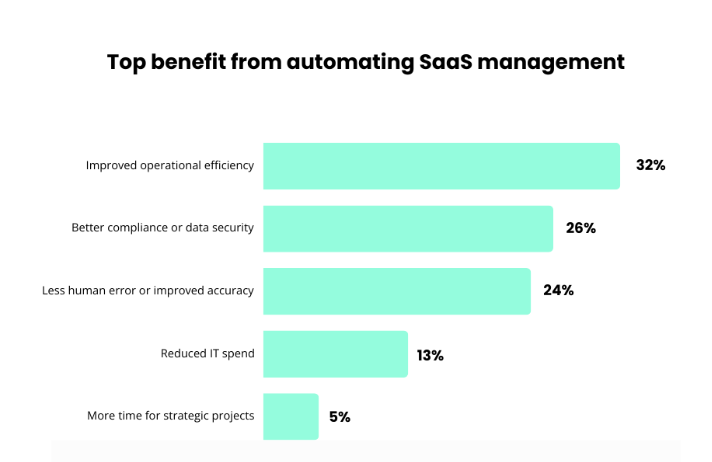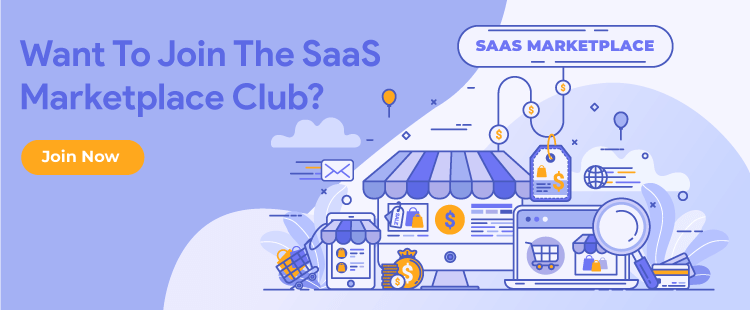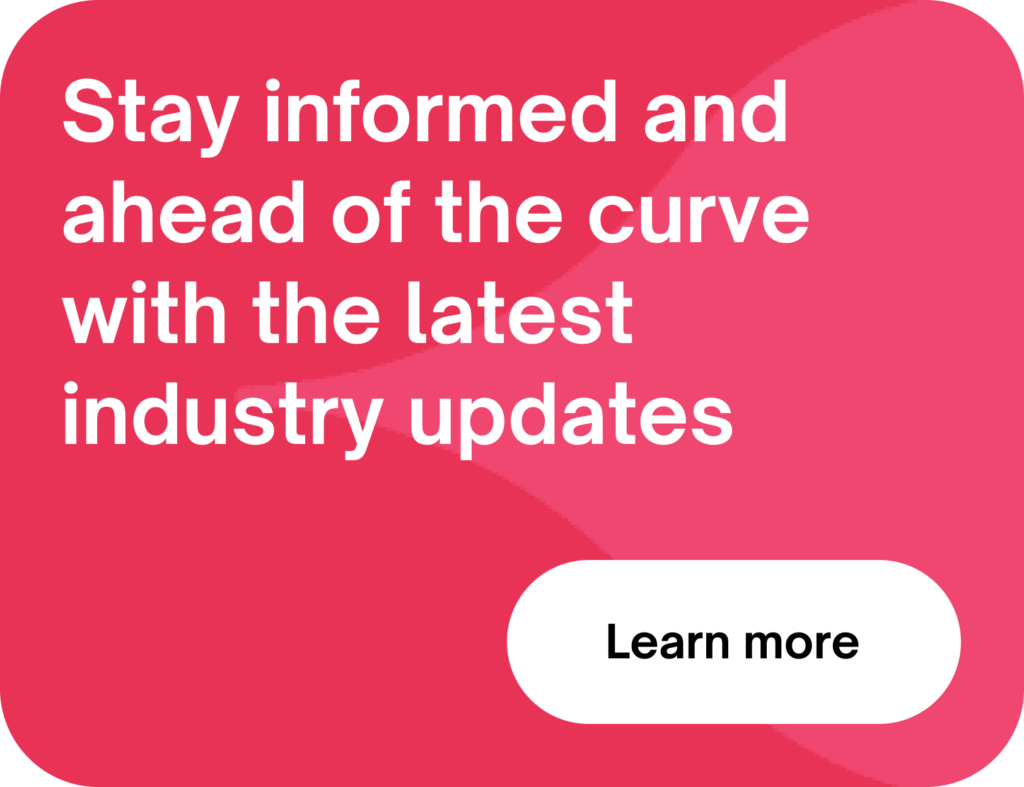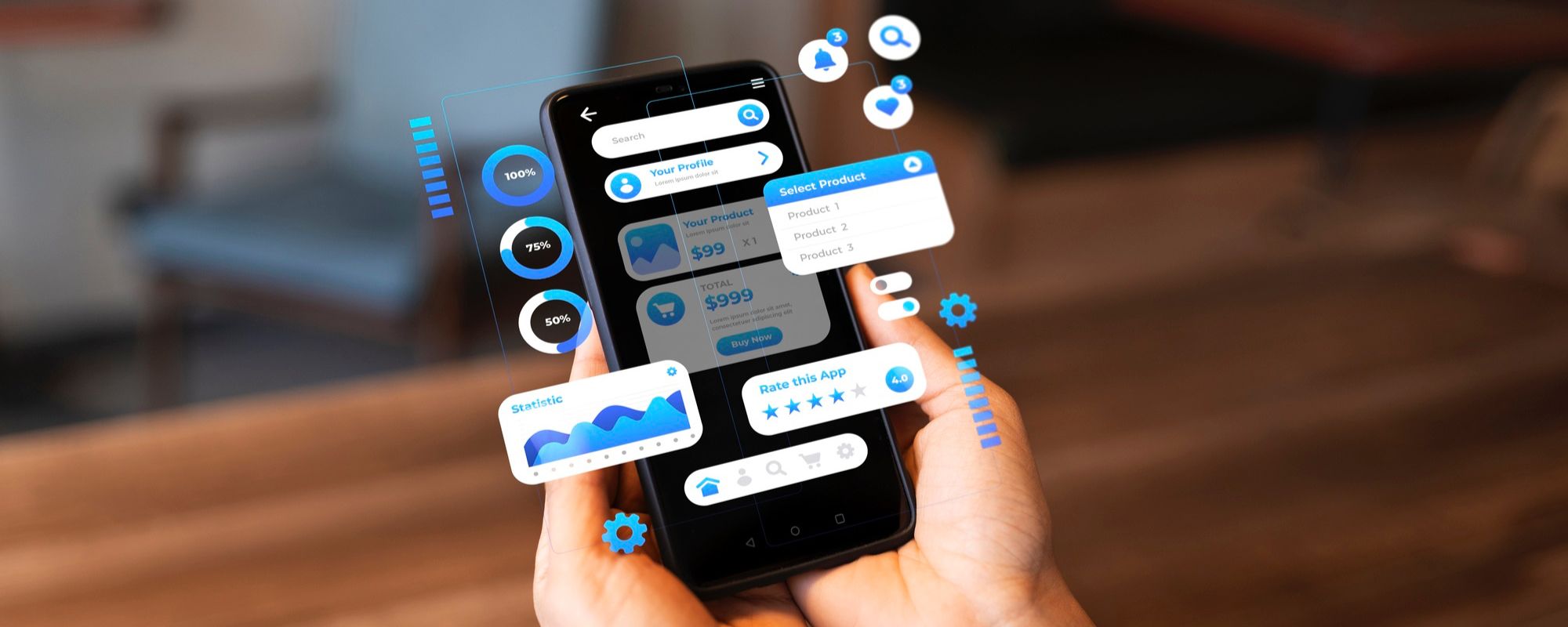Nowadays, Software as a Service (SaaS) products have become increasingly popular due to their scalability, accessibility, and affordability. Whether you’re an entrepreneur/startup with a novel idea or a business looking to expand your offerings, how to build a SaaS product is worth pondering over as it promises to be a lucrative idea.
However, navigating the complex process of development, deployment, and scaling requires careful planning and execution. In this comprehensive guide, we’ll walk you through the essential steps and strategies on how build to a SaaS product that can turn successful in the competitive SaaS landscape.
Understanding the SaaS Model
What is SaaS?
Software as a Service (SaaS) is a software distribution model where applications are hosted by a third-party provider and made available to customers over the internet. Unlike traditional software licensing models that require users to purchase and install software on their devices, SaaS allows users to access applications via a web browser or API, typically on a subscription basis. The model offers several advantages:
- Scalability: SaaS solutions are typically scalable, allowing businesses to easily adjust their usage and resources as their needs change.
- Accessibility: Users can access SaaS applications from anywhere with an internet connection, making them convenient for remote work and collaboration.
- Affordability: SaaS often follows a pay-as-you-go or subscription-based pricing model, eliminating the need for large upfront investments in software licenses and infrastructure.
- Automatic Updates: SaaS providers handle maintenance, updates, and patches, ensuring that users always have access to the latest features and security enhancements.
Key Components of How To Build A SaaS Product
A SaaS product consists of several key components that work together to deliver functionality to users:
- User Interface: The front-end interface that users interact with to access and use the application.
- Application Logic: The backend logic and algorithms that process user input and produce the desired output.
- Data Storage: The database or data storage system where user data, configurations, and other application data are stored securely.
- Authentication and Authorisation: Systems for managing user authentication (verifying user identity) and authorisation (determining what actions users are allowed to perform).
- Integration Points: APIs and integration capabilities that allow the SaaS product to interact with other systems and services.
Market Research and Validation
Before diving into development, it’s crucial to conduct a thorough market research to understand the needs, preferences, and pain points of your target audience. This involves:
- Identifying Market Needs: Analysing industry trends, competitor offerings, and customer feedback to identify gaps and opportunities in the market.
- Validating Your SaaS Idea: Testing your concept with potential customers through surveys, interviews, or prototypes to ensure that there is demand for your solution and that it solves a real problem.
Planning Your SaaS Product
Defining Your Target Audience
How to build a SaaS product starts with understanding your ideal customer profile. Understanding your ideal customer profile is essential for crafting a successful SaaS product. This involves:
- Market Segmentation: Breaking down your target market into segments based on demographics, industry, or other relevant criteria.
- Creating Buyer Personas: Developing detailed profiles of your ideal customers, including their goals, challenges, preferences, and pain points.
- User Persona Mapping: Mapping out the user journey and identifying touchpoints where your SaaS product can add value and address user needs.
Feature Prioritisation
Once you have a clear understanding of your target audience, it’s time to prioritise features and functionalities based on their importance and impact. This involves:
- Feature Scoring: Assessing the potential value, complexity, and feasibility of each feature to determine its priority.
- Minimum Viable Product (MVP) Definition: Identifying the core features required to deliver value to users and validate your product concept.
- Roadmap Planning: Creating a roadmap that outlines the development timeline, milestones, and feature releases.
Creating a Roadmap
Mapping out a development roadmap is essential for guiding the execution of your SaaS product strategy. This involves:
- Setting Clear Goals and Objectives: Defining specific, measurable, achievable, relevant, and time-bound (SMART) goals for your SaaS product.
- Breaking Down Deliverables: Breaking down the development process into smaller tasks and deliverables to track progress.
- Iterative Planning and Adaptation: Embracing an agile approach to software development, where you regularly review and adapt your roadmap based on feedback, changes in priorities, and market dynamics.
How To Develop A SaaS Product
Choosing the Right Technology Stack
How to develop a SaaS product begins with selecting the appropriate technologies, which is crucial for building a scalable, secure, and efficient SaaS product. This involves:
- Scalability: Choosing technologies that can scale to accommodate growing user bases and increasing data volumes.
- Security: Implementing robust security measures to protect user data, prevent unauthorised access, and comply with industry regulations.
- Performance: Selecting technologies that deliver fast response times and high availability to ensure a seamless user experience.
- Flexibility and Extensibility: Opting for technologies that are flexible and extensible, allowing for easy integration with third-party services and future feature enhancements.

Building a Minimum Viable Product (MVP)
Developing a Minimum Viable Product (MVP) is a crucial step in validating your SaaS idea and gathering feedback from early adopters. This involves:
- Identifying Core Features: Focusing on building the essential features required to address the most critical user needs and deliver value.
- Rapid Prototyping: Creating prototypes or mock-ups to visualise the user interface and gather feedback on usability and functionality.
- Iterative Development: Adopting an iterative approach to development, where you release incremental updates and improvements based on user feedback and market validation.
Iterative Development and Continuous Improvement
Embracing an agile approach to software development is essential for building and evolving your SaaS product iteratively. This involves:
- Continuous Integration and Deployment: Automating the process of integrating code changes and deploying updates to production environments.
- Feedback Loops: Establishing feedback loops with users, stakeholders, and internal teams to gather insights, identify issues, and prioritise improvements.
- Data-Driven Decision Making: Leveraging data analytics and user metrics to inform product decisions, measure performance, and identify opportunities for optimization.
- Continuous Learning and Adaptation: Cultivating a culture of continuous learning and adaptation, so as to learn from failures, and iterate towards success.
Launching and Marketing Your SaaS Product
By focusing on effective launch and marketing strategies, along with implementing robust customer management and scaling practices, you can maximise the success and longevity of your SaaS product in the competitive market landscape.
Preparing for Launch
Launching your SaaS product requires careful planning and execution to maximise its impact. Steps to prepare for launch include:
- Define Your Unique Selling Proposition (USP): Identify what sets your SaaS product apart from competitors and communicate this clearly.
- Create Compelling Messaging: Develop persuasive messaging that highlights the benefits of your SaaS product.
- Build Anticipation: Generate buzz around your launch by teasing features, sharing sneak peeks, by leveraging social media and through email marketing campaigns.
- Beta Testing: Conduct beta testing with a select group of users to gather feedback, identify bugs, and make improvements before the official launch.
- Prepare Support Infrastructure: Ensure that your customer support team is ready to handle inquiries and aid users from day one.
Acquiring Early Adopters
Attracting early adopters is crucial for gaining traction and momentum during the initial stages of your SaaS product launch. Strategies to acquire early adopters include:
- Targeted Outreach: Identify early adopters through personalised emails, social media engagement, and networking events.
- Offer Incentives: Provide incentives such as early access, discounts, or exclusive features to incentivize early adoption and encourage word-of-mouth referrals.
- Content Marketing: Create valuable content such as blog posts, case studies, and tutorials that showcase the benefits of your SaaS product.
- Referral Programs: Implement referral programs that reward existing users for referring new customers to your SaaS product.

Scaling Your Customer Acquisition
Once you’ve acquired early adopters, it’s essential to scale your customer acquisition efforts to reach a broader audience and drive sustainable growth. Strategies for scaling customer acquisition include:
- Invest in Paid Advertising: Allocate budget towards targeted digital advertising campaigns on platforms such as Google Ads, Facebook Ads, and LinkedIn Ads to reach potential customers at scale.
- Optimize Conversion Funnels: Continuously optimise your website and conversion funnels to improve user experience, reduce friction, and increase conversion rates.
- Expand Marketing Channels: Explore additional marketing channels such as content partnerships, influencer collaborations, and affiliate marketing to reach new audiences.
- Leverage Data and Analytics: Use data analytics tools to track and analyse the performance of your marketing campaigns, identify high-performing channels, and optimize your marketing strategy.
Managing and Scaling Your SaaS Business
By understanding the SaaS model, planning your product effectively, and adopting an iterative development approach, you can increase your chances of building a successful and sustainable SaaS product that meets the needs of your target audience and delivers long-term value.
Customer Onboarding and Support
Providing exceptional user experience and customer service is essential for retaining customers and driving long-term success. Practices for effective customer onboarding and support include:
- Onboarding Automation: Streamline the onboarding process through automation tools and personalised onboarding sequences to guide new users through setup and activation.
- Responsive Support Channels: Offer multiple channels for users to reach out for support, including email, live chat, and helpdesk systems, and ensure prompt and helpful responses to inquiries.
- Educational Resources: Provide comprehensive documentation, tutorials, and self-service resources to empower users to troubleshoot issues.
- Proactive Engagement: Proactively reach out to users with targeted messages, product updates, and relevant resources to drive engagement and address potential concerns before they escalate.
Monitoring Performance Metrics
Monitoring key performance indicators (KPIs) is essential for evaluating the health and performance of your SaaS business and identifying areas for improvement. Important metrics to track include:
- User Acquisition: Measure the effectiveness of your marketing efforts by tracking metrics such as website traffic, lead generation, and conversion rates.
- Customer Retention: Monitor churn rate, customer lifetime value (CLV), and retention cohorts to assess customer satisfaction and loyalty.
- Revenue Growth: Track recurring revenue, average revenue per user (ARPU), and monthly recurring revenue (MRR) to gauge revenue growth and predict future revenue streams.
- Product Usage and Engagement: Analyse user engagement metrics such as active users, feature adoption, and usage patterns to understand how customers are interacting with your SaaS product.
Scaling Infrastructure and Operations
As your SaaS business grows, it’s essential to scale your infrastructure and operations to accommodate increased demand and maintain high performance and reliability. Strategies for scaling infrastructure and operations include:
- Cloud Scalability: Leverage cloud computing services such as Amazon Web Services (AWS), Microsoft Azure, or Google Cloud Platform to scale infrastructure resources dynamically based on demand.
- Load Balancing and Redundancy: Implement load balancing and redundancy mechanisms to distribute traffic evenly across servers and ensure high availability and fault tolerance.
- Automation and DevOps Practices: Adopt automation tools and DevOps practices to streamline deployment, monitoring, and management of infrastructure and applications.
- Scalable Architecture Design: Design your SaaS product with scalability in mind, using scalable database solutions, microservices architecture, and horizontal scaling techniques to accommodate growth without sacrificing performance or reliability.
Conclusion: How To Build A SaaS Product
Building a SaaS product is a challenging yet rewarding journey that requires dedication, strategic planning, and continuous innovation. By following the steps outlined in this guide, entrepreneurs, startups, and businesses can increase their chances of success in the competitive SaaS market.
Remember, building a successful SaaS product is about understanding your customers, solving their problems, and delivering value that keeps them coming back for more.
We (Appscrip) have years of experience and stand out as a worthy contender niche offering a rich portfolio of services that cater to a diverse range of business requirements. With a customer-centric approach, comprehensive support, and a track record of delivering scalable and secure SaaS solutions, we can help you turn your innovative ideas into reality.

After an Engineering degree and a Diploma in Management I devoted 16+ years working in the automotive industry. My innate skill and extreme passion in writing, encouraged me to adopt it up as a profession. I have been writing for more than 10+ years in the software industry. The 400+ blogs I published are informative, exhaustive and interesting to a professional and causal reader.









